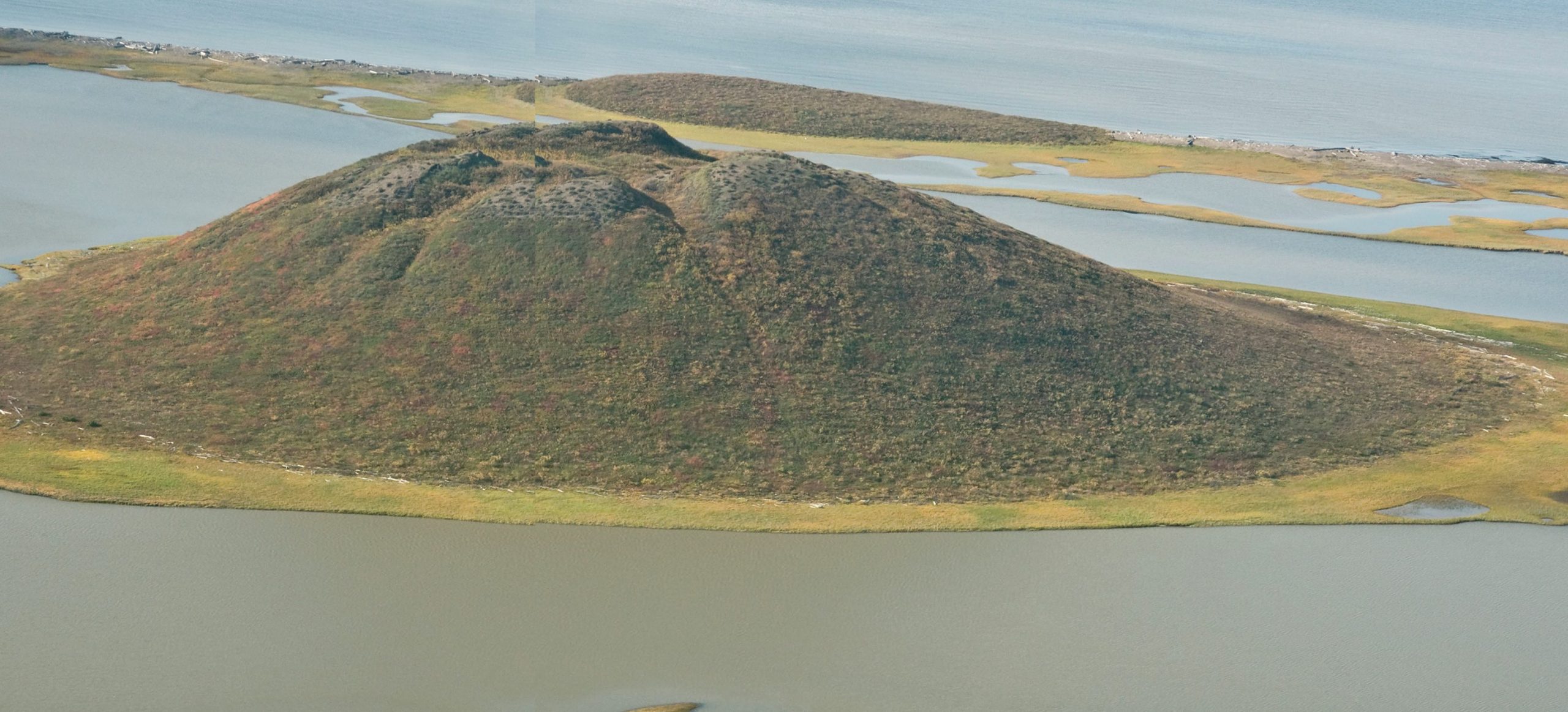
Periglacial literally means ‘around the ice’ — the areas on the edge of ice sheets. Today geographers use it to describe environments where freezing conditions dominate over all other processes. These areas are often at the edge of glaciers. Examples of periglacial environments on Earth (terrestrial) include those in high mountain regions, and the tundra of Canada, Alaska and Russia.
Periglacial environments are associated with permafrost. This is the permanently frozen subsoil lying beneath the surface of periglacial areas. Permafrost can be continuous, discontinuous, or sporadic depending on the size of the area that it covers (see Box 1). The active layer lies above the permanently frozen area and temperatures in this layer rise above freezing in the summer.
Your organisation does not have access to this article.
Sign up today to give your students the edge they need to achieve their best grades with subject expertise
Subscribe




